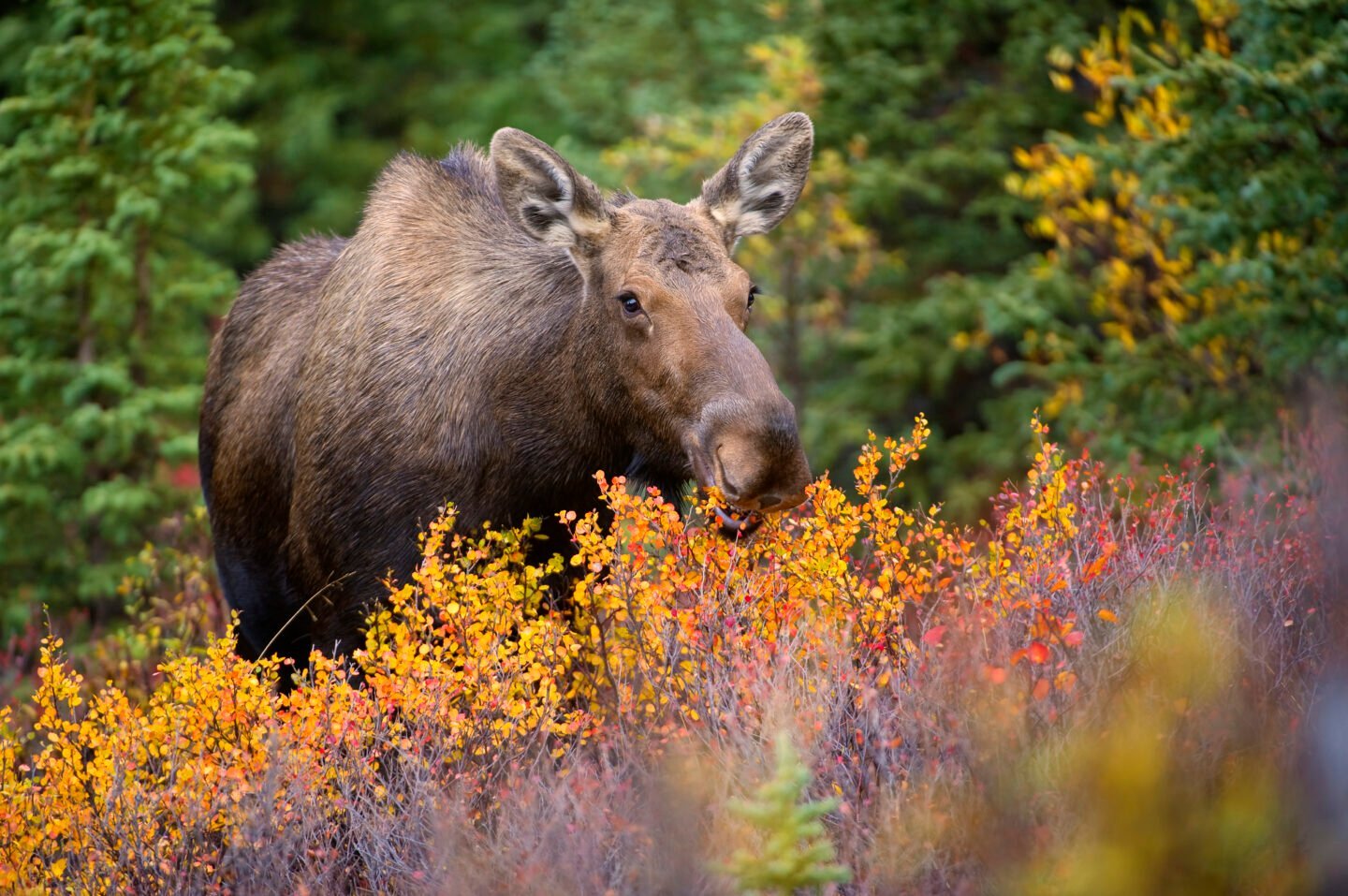Blog
Travelling through the wilderness: from Algonquin to the Adirondacks
 There will always be ghosts on any well-traveled backcountry trail, and they will persist in their pursuit of previous destinations. We came to a stop early on in our journey in order to call upon one. We had arrived at a wetland while we were hiking in the Five Ponds Wilderness of Adirondack Park in New York State. The wetland was surrounded by ferns and was surrounded by the typical forest of the region, which consisted of yellow birch, white pine, sugar maple, and striped maple trees.
There will always be ghosts on any well-traveled backcountry trail, and they will persist in their pursuit of previous destinations. We came to a stop early on in our journey in order to call upon one. We had arrived at a wetland while we were hiking in the Five Ponds Wilderness of Adirondack Park in New York State. The wetland was surrounded by ferns and was surrounded by the typical forest of the region, which consisted of yellow birch, white pine, sugar maple, and striped maple trees.
It was a calm and gentle atmosphere, and the water was like a pellicle of light. Overcoming the effects of time, storms, and insects, the trees gathered themselves together. We were walking through a landscape that was drenched in water as a result of the record amounts of rain that had fallen during the summer. We saw filled-up ponds, beaver dams that had been breached, wooden bridges that were covered in flood debris, and overflowing streams that were rushing down the rises. I was relieved to have the opportunity to remove my cumbersome pack.
Bill instructed Jamie to give her a call.
The moment I looked at him with a curious expression, he turned his head to look over the marsh and yelled out, “Alice!”
While I was thinking about him, I couldn’t help but think of Marlon Brando in the movie “Stella!” from A Streetcar Named Desire. The only difference was that Brando wasn’t wearing a T-shirt with a moose on it.
No, it is a moose. An adventurous cow moose by the name of Alice was radio-collared in Adirondack Park and she was followed by scientists as she made her way into Canada. This took place many decades ago. Over the course of her life, she traversed the St. Lawrence River and walked across the 401, which is considered to be one of the busiest highways in Canada. Eventually, she settled down in Algonquin Provincial Park in Ontario. During her journey, she brought to light the significance of the ecological corridor that runs from the Algonquin to the Adirondacks (A2A) as a route for wildlife to travel. It was also the impetus for the work that was done by the A2A Collaborative, which is a nonprofit organisation that works to protect and improve the A2A corridor over international borders. This group was responsible for the creation of the A2A “Pilgrimage for Nature” Trail, which is the path that we were walking.
Nevertheless, not a single moose, whether it was a real one or a ghostly one, raised its head above the water to enquire about the source of the disturbance to the tranquilly of the wilderness. My upper back began to ache as I lifted my pack onto my shoulders and slung it over my shoulders. The two of us were following in the footsteps of a moose, and here we were. In addition to simply transporting cases of beer home in my knapsack, I wished that I had received additional training.
“Do you believe that we could end up with damage that is permanent as a result of these packs?” I enquired of Bill.
He made a shrugs. The question is, “Well, what do you and I have left? Perhaps fifteen years or so?” There is not much time left to suffer.”
-

 Blog7 months ago
Blog7 months agoThe next spy thriller starring Rami Malek has created a movie that is a competitor to Slow Horses Season 5.
-

 Blog1 month ago
Blog1 month agoTrener Pogoni Szczecin Wskazuje Pięciu Kluczowych Zawodników na Letnie Okienko Transferowe
-

 Blog8 months ago
Blog8 months agoGabriela Sabatini, la mejor tenista argentina de la historia, visible y Orgullosa
-

 Blog3 weeks ago
Blog3 weeks agoPrezes Widzewa Łódź Michał Rydz wskazuje swoich kandydatów do składu na przyszły sezon
-

 Blog8 months ago
Blog8 months agoThere are seven quotes from Gabriela Sabatini that explain why she was so far away from the sport of tennis, her rivalries with Graf, and the players who are most admired by her at the present time.
-

 Liverpool1 year ago
Liverpool1 year agoFull Reason why 56-year-old Liverpool manager Jurgen Klopp angrily storms out of interview after Manchester United win vs Liverpool FA Cup quarter final
-

 Manchester United1 year ago
Manchester United1 year agoMain reason Amad was sent off during Manchester United vs Liverpool FA Cup quarter-final match
-

 Blog1 month ago
Blog1 month agoWidzew Łódź przygotowuje się do letniego okna transferowego i wystawia zawodników na sprzedaż
